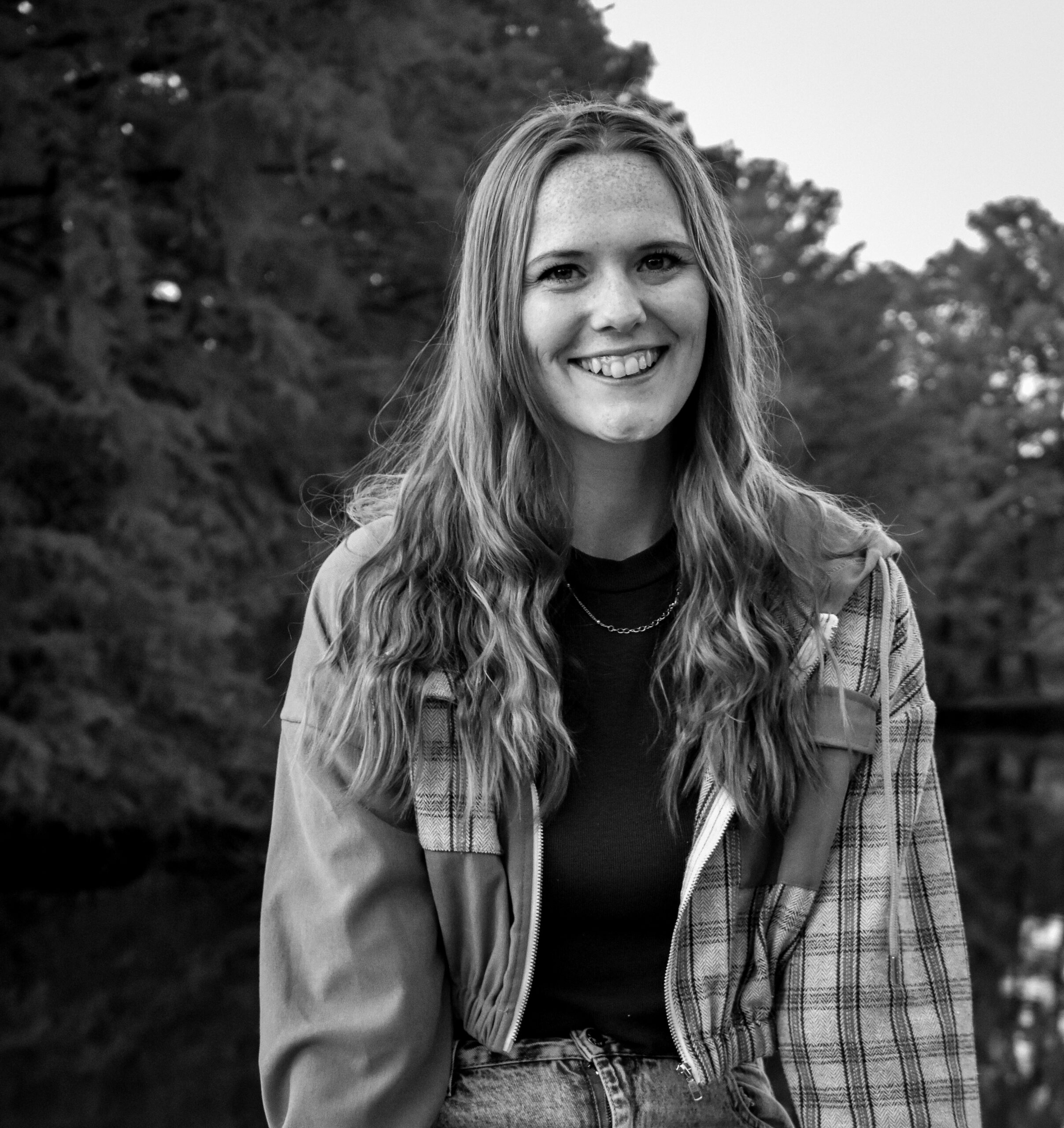Inspired by Disney and Pixar’s A Bug’s Life, the Disney+ Original series by National Geographic, A Real Bug’s Life, takes viewers on an extraordinary journey through nine micro bug worlds across the globe. With the help of cutting-edge filming technology, the series shows the mindblowing behaviors of bugs both near and far. The family-friendly series, narrated by Awkwafina, premieres Jan. 24, exclusively on Disney+.
Innovation & Tech Today spoke with Producer Bill Markham and Director of Photography Nathan Small, who both had pivotal roles in making the new series. In addition to digging into the process of making A Real Bug’s Life, we explored the special tech used to capture film, unexpected challenges while filming in microenvironments, and the importance of teaching the next generation about these tiny creatures.
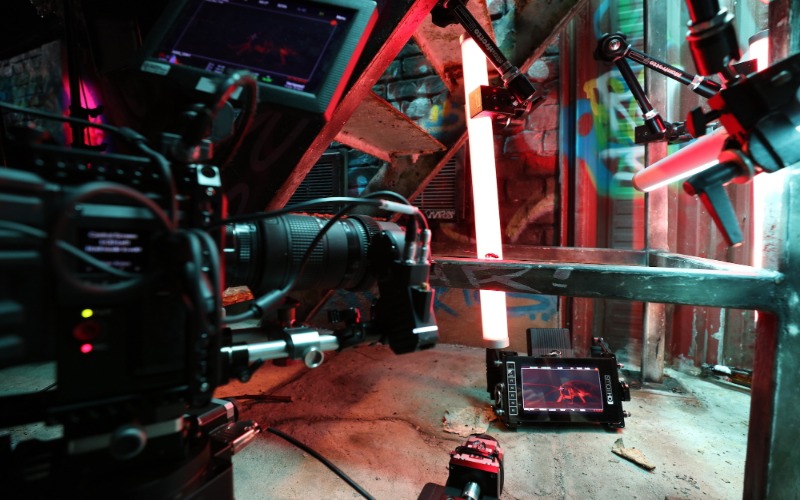
Innovation & Tech Today: What inspired the creation of this series? How did that concept come to life?
Bill Markham: It’s a funny story. There was a rumor that A Bug’s Life 2 was coming out. Someone in the office said, “Why don’t we make A Real Bug’s Life?” This was in Bristol at our production company.
So, we wrote to National Geographic. They wrote back over the weekend and said they’d like to do that. That was the starting point.
Then we had to work out actually what that meant. We had to find a series of stories where we engaged with individual bugs. We needed to find out what their lives were like, what terrible disasters could befall them, and how they got out of these deep holes they found themselves in. The storytelling evolved and then realized we wanted Awkwafina to bring it all to life.
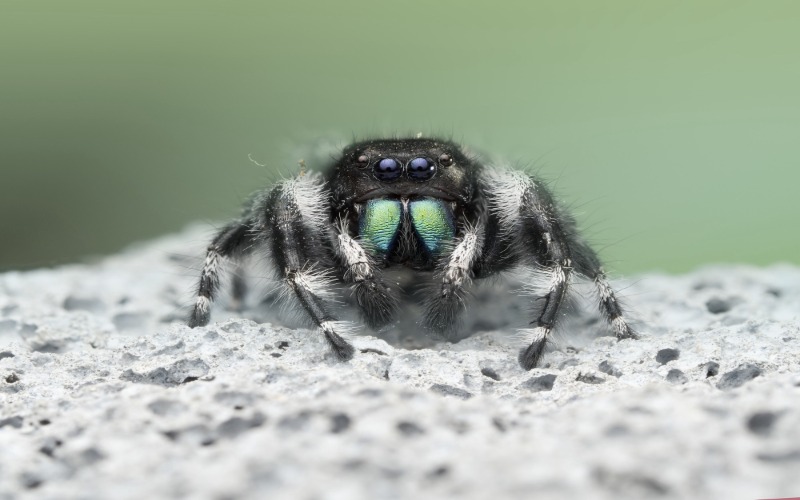
I&T Today: Can you briefly explain what macro photography is? How was it used while creating this series?
Nathan Small: Macro photography is the filming of very small things and trying to get them life-size or above. To do that, you have to use lots of very specialist equipment, mainly the lenses. These are called macro lenses. They enable you to get very close to your subjects and blow them up to huge sizes that are clear and high resolution.
I’ve also been using lots of probe lenses, which are relatively new. They’ve let us go into tiny spaces and move around in ways that would have been completely impossible before. They’ve also enabled us to get super low and on the bug eye level. We’re used to looking at insects from a human perspective, scurrying around in the dirt. But all this new technology has enabled us to get down on their level to relate to them and care about their struggles, trials, and tribulations.
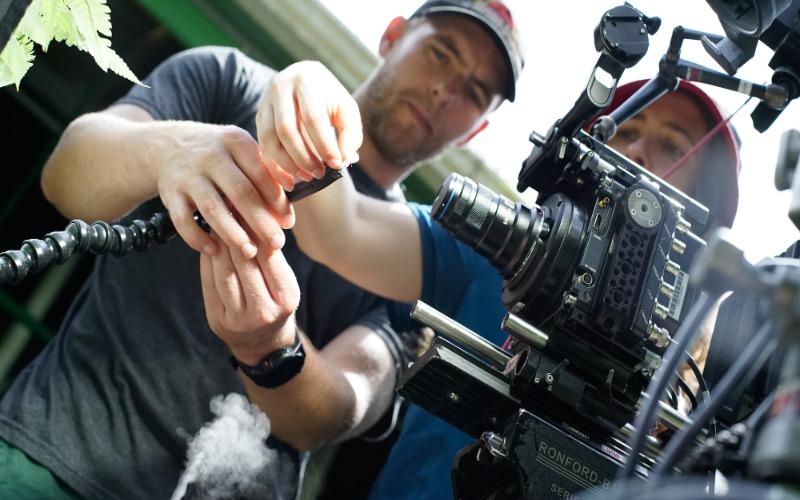
Markham: In the past, older lenses would make things in the background appear out of focus. What these new generation lenses do is enable you to put your hand in the context of the background. It’s not just a little spider on a gray background. There’s a real world out there, and little bugs are trying to deal with it.
I&T Today: Were there any unexpected challenges while filming in these microenvironments, and how did the team overcome them to ensure the success of the series?
Markham: I think filming things at night is difficult, but technology is making it easy to overcome. Low-light cameras are now so incredible that you can film in the moonlight. You can film with very little light that won’t affect the bug’s behavior. It used to be blasts of bright lights on the bugs so your camera could pick up what they were doing. But, that would affect the bug’s behavior and put them off their natural behavior.
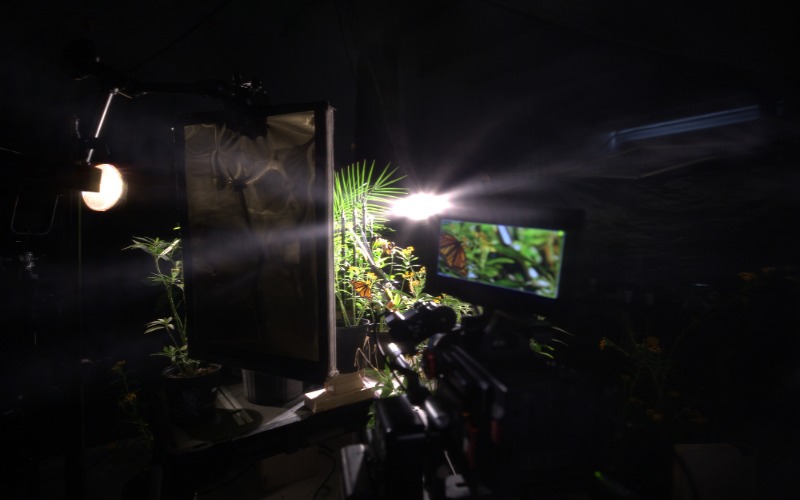
But if you use very dim light, the bugs barely notice. The new generation of cameras are so sensitive to light that they can pick up what’s going on, everything from fireflies to even some ants. On the forest floor, only 2% of sunlight reaches a rainforest floor, so they’re used to a pretty dingy environment. If you suddenly start hurling light at them, they’ll get pretty upset.
Small: I agree with the difficulty of filming at night. Bugs don’t want to feel your vibrations as you’re walking around. They don’t want to sense your CO2. They don’t want it to be hot because of the lights. So, we’re trying to strip out as much of that as possible to get real behavior from the bugs.
I&T Today: Were there specific educational goals or messages you aimed to tell through the series?
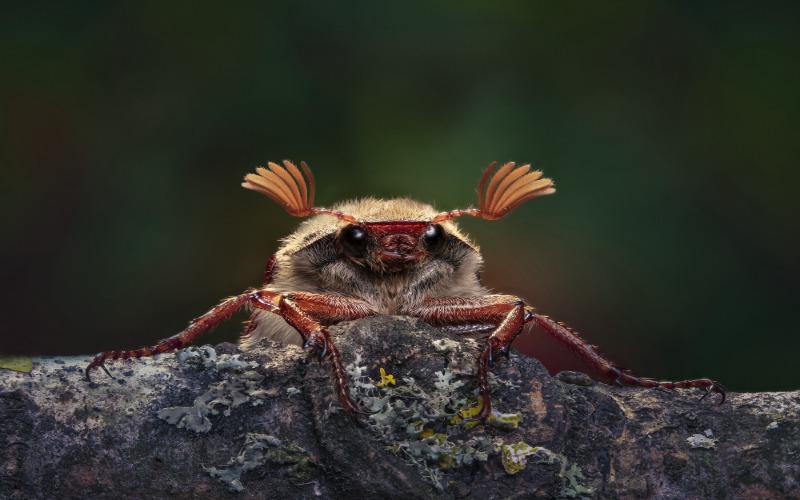
Markham: A lot of the production team was zoologists. So, there’s an inherent wish to tell the wonderful stories of the natural world. A lot of people overlook what bugs do. They dismiss them as creepy crawlies and things that are scurrying around our feet. But, of course, what they do is incredibly important.
Bugs are pollinators, pest controllers, and recyclers, and they clear away rubbish. They do so much for the entire food chain. So if you take them out, it’s like pulling out the bottom of a brick in Jeng because everything’s going to fall. We need people to understand that.
It’s emerged that in the last 20 years, 60% of Britain’s bugs have disappeared. That’s also happened in Germany and all sorts of countries. Wherever they’re looking, bugs are in massive decline. And if that happens, to be honest, we’re screwed. They’re so fundamental. Yet, people don’t seem to know or care.
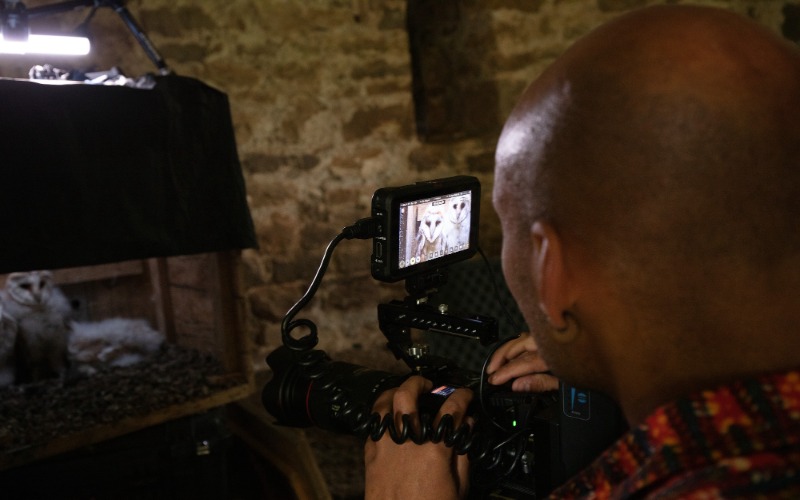
So, the first step is to get people to know, understand, and fall in love with bugs. If this series is popular with the family audience, I think we can make a massive change.
Small: For me, it’s so important that this next generation will take the life of insects more seriously than the current generation has. If bugs go away, we’re all in big trouble. I hope it will teach the younger audience to treat bugs with the respect they deserve and realize how interesting, fascinating, beautiful, and complicated their lives are.




